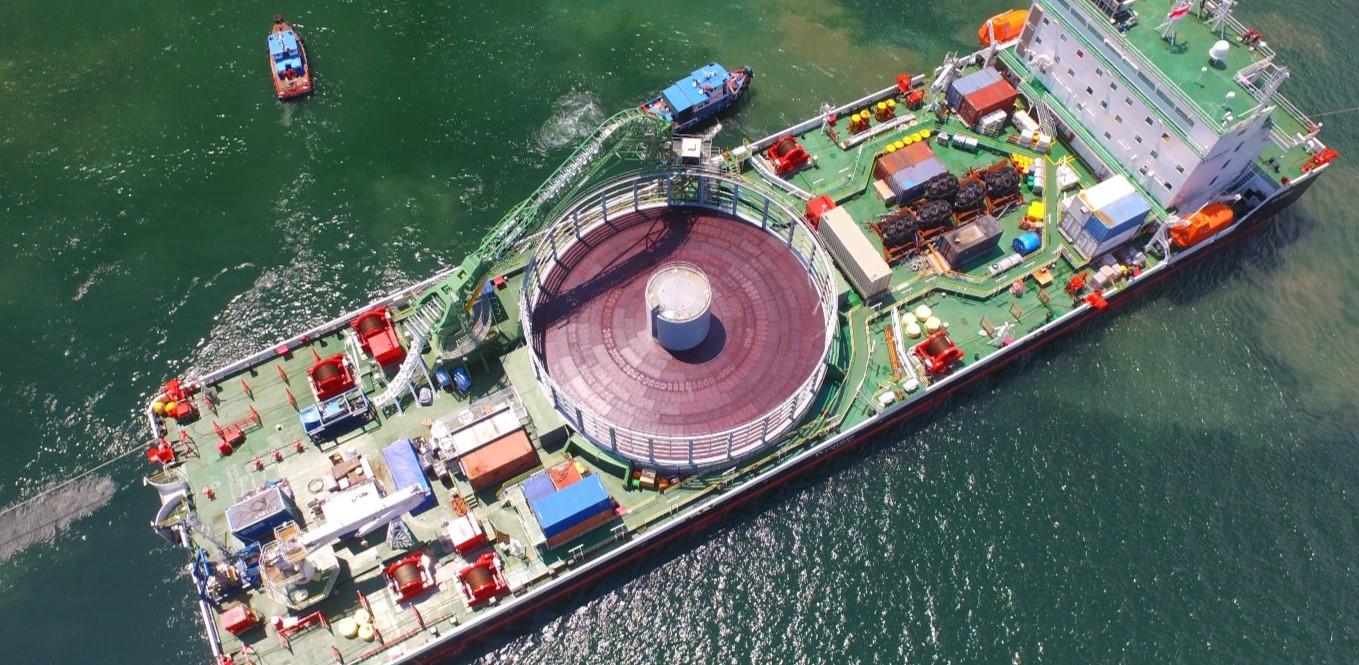Submarine Cables: Enabling Global Connectivity

History and Development of Submarine Cables
The first submarine communications cables were laid across the English Channel and became operational in 1851. These initial cables allowed telegraph communications between England and France. Over time, as technology advanced, more powerful cables were developed that could carry telegraph, telephone and data traffic over longer distances under the oceans. By the late 19th century, a global submarine cable network started taking shape that interconnected many parts of the world. In the late 20th century, the first fiber optic cables were deployed that vastly increased data capacities. Today, the global submarine cable network consists of over 1.2 million kilometers of cables spanning all oceans and seas, carrying 99% of global communications data traffic.
Construction and Components of Modern Cables
Modern Submarine Cables consist of thin copper or optical fibers wrapped in protective materials. At the core lie the transmission media - up to 16 pairs of thin copper wires or thin strands of glass fibers. Surrounding these cores are layers of steel wires or tapes for strength and load bearing. Then come petroleum compounds like jute, polyethylene and polypropylene that provide waterproofing and mechanical protection. Steel armoring wires or tapes are laid over this to prevent damage from trawlers and anchors. Finally, the cable is topped with more waterproofing layers. Cables are typically 10-30mm wide and can extend over multiple thousands of kilometers in length. Repeater modules are installed at intervals to boost signals for longer routes. Laying a cable across oceans requires specialized cable laying ships that can lay cables at depths over 3 km below sea level.
Establishing High-Speed Global Connectivity
Submarine cables have played a significant role in facilitating globalization by enabling fast and reliable telecommunications links between countries. Cables installed during the 1990s and early 2000s supported substantial growth in international internet traffic and globalization of trade. Today's cables infrastructure can transfer huge amounts of data in milliseconds despite oceanic distances. For example, the highest capacity cables that entered service in 2021 offered transmission speeds of 250 Terabits per second or enough capacity to download all Netflix content in less than 1 second! This immense bandwidth forms the backbone of global internet through routes connecting all continents except Antarctica. Cable networks have become integral to international telecom infrastructure, powering 95% of intercontinental data flows and enabling seamless global connectivity.
Get More Insights on- Submarine Cables
- Art
- Causes
- Crafts
- Dance
- Drinks
- Film
- Fitness
- Food
- Games
- Gardening
- Health
- Home
- Literature
- Music
- Networking
- Other
- Party
- Religion
- Shopping
- Sports
- Theater
- Wellness
- IT, Cloud, Software and Technology


